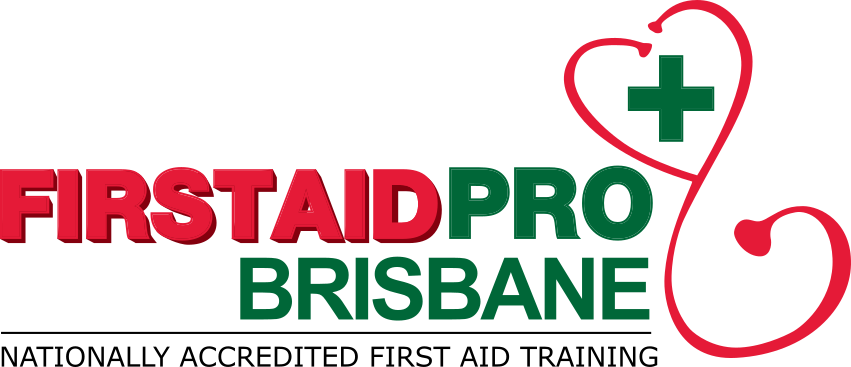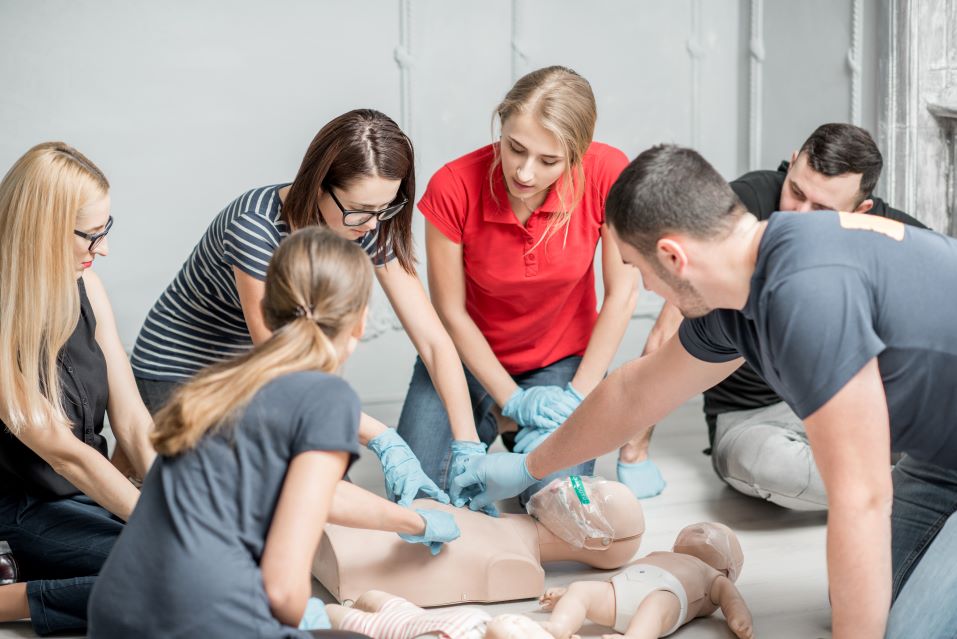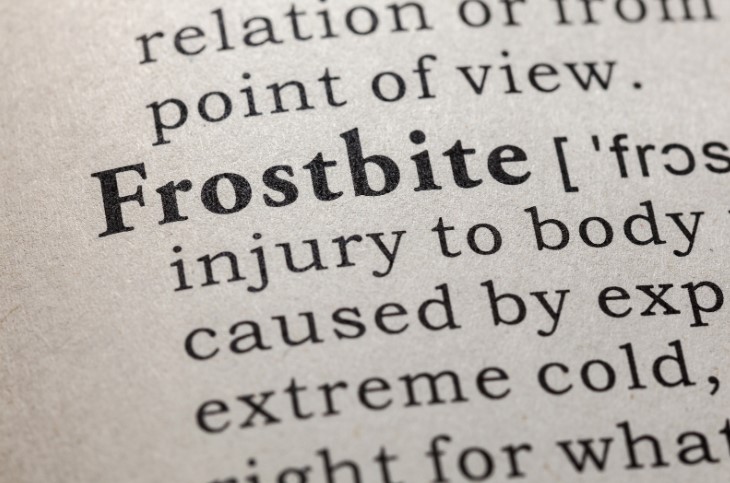How to Prepare for Your First Aid Training: There are many first aid qualifications available out there, and choosing the right course for you is important. Some courses are specifically designed for certain professions, but as a whole, the aim of getting first aid training is to gain additional skills and expertise to help save lives more effectively and efficiently.
When choosing a first aid course, you might have questions such as – how do I prepare? What to wear? How long does the training last? Which is the perfect course for me?
We dedicate this blog to help answer your most frequently asked questions in a first aid training course to give you a head start before the actual day.
Different Types Of First Aid Training
There are several types of first aid training that you or your workplace requires. Depending on your personal interest or workplace needs, you could choose between various training options.
It takes 5.5 hours to complete a Provide First Aid course, whereas you require 2 hours to complete a Standard CPR course. Furthermore, you can take a Child Care First Aid course to help you qualify for certain job descriptions.
To give you more idea, here’s a rundown of basic first aid courses.
Provide First Aid (HLTAID011)
HLTAID011 – Provide First Aid is the most common workplace first aid course in Australia and is recognised in all states and territories Australia-wide. It supersedes the old HLTAID003 and is often the employer’s requirement when asking for a first aid certificate.
In this course, you will learn how to identify signs and symptoms of common emergencies and how to provide first aid assistance in Australian Resuscitation Council (ARC) guidelines and other relevant national peak clinical bodies in the country.
Provide Cardiopulmonary Resuscitation (CPR) (HLTAID009)
HLTAID009 – Provide Cardiopulmonary Resuscitation is the latest iteration of the nationally accredited CPR course that supersedes the old HLTAID001.
The course content will focus on key elements of providing CPR, including the DRSACD protocol and the effective use of an automated external defibrillator (AED). All these are in line with recommendations from the following Australian Resuscitation Council (ARC) guidelines:
- ANZCOR Guideline 3 – Recognition and First Aid Management of the Unconscious Person
- ANZCOR Guideline 4 – Airway
- ANZCOR Guideline 5 – Breathing
- ANZCOR Guideline 6 – Compressions
- ANZCOR Guideline 7 – Automated External Defibrillation in Basic Life Support
- ANZCOR Guideline 8 – Cardiopulmonary Resuscitation
Provide First Aid In An Education And Care Setting (HLTAID012)
HLTAID012 Provide First Aid in an education and care setting, also known as Childcare First Aid, supersedes the now-dated HLTAID004.
The course benefits a range of workers within the education and care setting who are required to respond to first aid emergencies in children, including asthma and anaphylaxis. Because of its industry-specific approach, Child Care First Aid Course is approved by the Australian Children’s Education and Care Quality Authority (ACECQA).
What Happens During A First Aid Training?
Students will be introduced to the fundamentals of first aid, either in a traditional face-to-face learning or an online zoom course. To start with, the first trainer will cover the following:
Best First Aid Practices
The instructor will begin with the basics to delegate perspective on what first aid is, what are the aims of it, and how it can be effectively administered. This will give you clarity on various first-aid procedures, depending on how advanced or structured your chosen course is.
Theory-based Learning
A first-aid training course consists of assessments and classroom-based content. Although instructors will observe your progress and capabilities throughout the training, theory-based learning is an important part of first aid assessment.
Scenario-based Training Sessions
First-aid training providers utilise realistic scenario-based exercises or ‘role-playing; for multiple reasons.
The primary reason is to provide a vivid example of what happens in a real first-aid emergency. Based on that, they will assess how you respond, react, and administer first aid to help you improve your spatial and situational awareness.
Effective First-Aid Action Steps
Preparing for emergencies is one of the aims of first aid, which involves planning for ‘unforeseen’ situations and responding accordingly.
A good example of this step is the administration of CPR in a cardiac arrest – from calling EMS, checking for breathing, chest compressions, rescue breathing, and so on.
Proper Use Of First Aid Equipment
A first aid kit is a collection of supplies and equipment used to give immediate medical treatment, which is a main topic of discussion during the training. Its primary use is to treat injuries and other mild or moderate medical conditions while waiting for emergency help to take over.
In a first aid course, you will learn to utilise each supply on the kit to minimise injury and future disability.
5 Tips to Prepare for Your First Aid Training
Here are a few recommendations on how to prepare for your first-aid training.
- Wear loose-fitting, casual clothing for maximum comfort during practical and role-playing exercises.
- Take your time getting into everything at once, and give yourself enough time to fully embrace each topic.
- Be interactive and ask questions. First aid instructors are there to help and explain topics that are first-
- Brush up on any prior reading material, only if required. Refrain from trying to teach yourself, especially for beginners, as what you learn in books or on the internet may contradict what you learn during an accredited course.
- Come in with a positive attitude and a willingness to learn various lifesaving skills.
[Note: A basic first aid course is designed for students with no prior knowledge or experience in first aid. There is no requirement that they need to know anything about first aid beforehand to take the course (except in some cases with advanced courses.)
First Aid Course Available With Brisbane First Aid
Learning first aid can be the difference between life and death for someone who suffered from a serious injury or illness. While there are many first aid qualifications to choose from, it is important to take one that suits your professional and personal needs.
Brisbane First Aid Courses offers standard and advanced courses that can be tailored to fit your organisation’s needs or individual requirements. These include Provide First Aid, CPR, and child care first aid course.
Learn the skills that could save lives.
Book a First Aid Course today.








